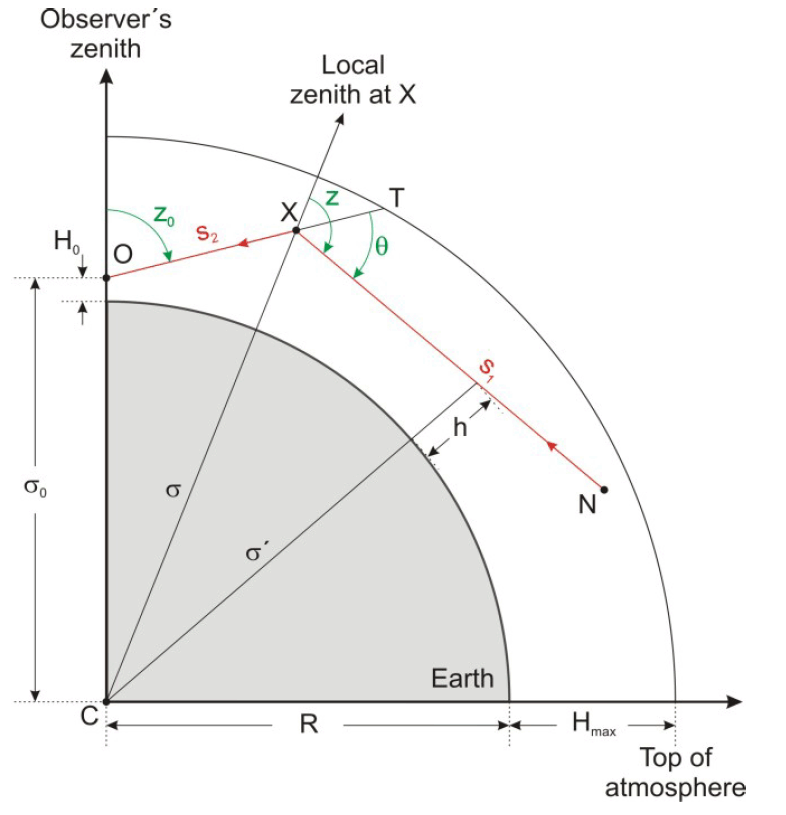|
Overview The purpose of SM-01 is to create an advanced sky model based on a data compilation, containing currently unconsidered and/or unknown physical properties. It is an extension and refinement of the existing DR05 sky model, including available updates of the incorporated external data and code packages. The sky spectrum model shall provide, over any requested wavelength range in the domain 300 nm to 28 μm, a sky spectrum with choosable resolution (R < 4x107). Status Significant fractions of this project are already implemented (see Noll et al 2012) and build the framework for the current version of the ONLINE SKY MODEL. The Documentation can be found already in the draft for the ESO document.
|
 | ESO in-kind Projekt | |

Finanziert durch:  |
| © 2011-2014 Stefan Kimeswenger - Institute for Astro- and Particle Physics Innsbruck, Austria |
